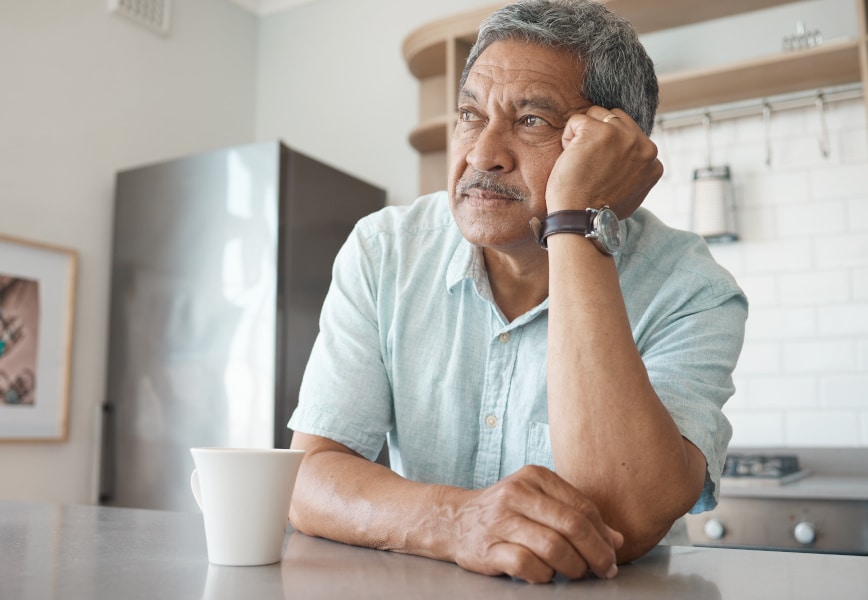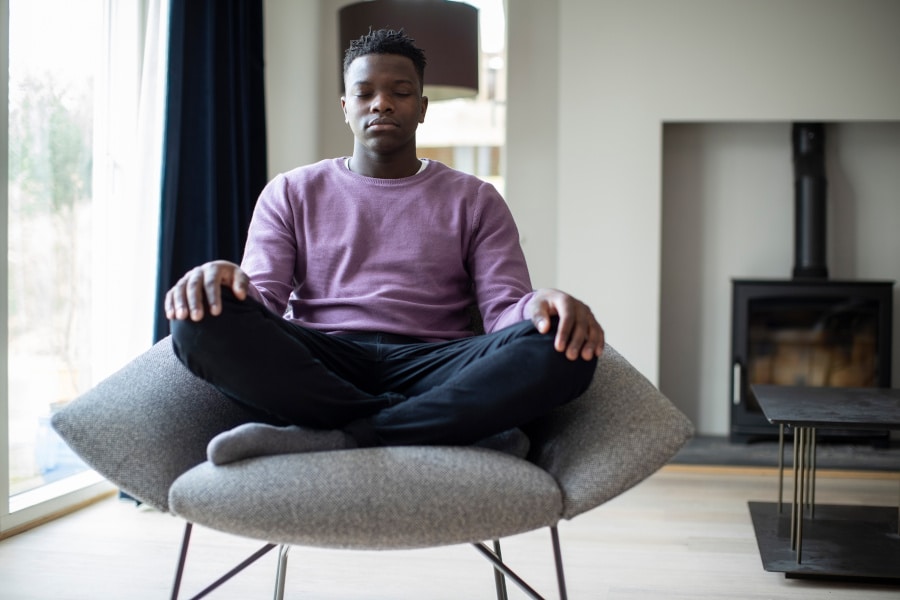Living with depression drains your energy levels and often leaves you with little drive or desire to go out and about. Getting out of bed is a task in and of itself some days, much less going to the grocery store or meeting up with friends. Physical activity may sound like the last thing you want to do when feeling depressed, but there is a positive correlation between depression and exercise that can make a massive difference in the way you feel.
When considering ways to help with depression, placing exercise high on that list would be highly beneficial. Going for a walk, riding a bike, swimming some laps, practicing yoga, or lifting weights are all great ways to get your body moving, increase your heart rate, and provide some relief from your depression symptoms. How does physical activity help with depression?
The Connection Between Depression and Exercise
An estimated 1 in 10 adults in the United States live with depression. People are quick to consider therapy and medication but often overlook other important solutions. Countless studies show the myriad benefits of exercise, and those benefits extend to relieving symptoms of depression. What creates this positive connection between depression and exercise?
High-intensity exercise releases endorphins, or “feel-good” chemicals, leading to feelings such as the runner’s high you hear people talking about. You don’t need intense exercise to reap the benefits, though. Even low-intensity movement releases neurotrophic proteins that cause nerve cell growth and improve brain function.1 These results lead to reduced symptoms of depression, such as improvement in mood, increased energy levels, and positive self-esteem.
How to Get Started
It doesn’t take much exercise to notice its benefits, especially when you first start.2 Any form of movement is an improvement from staying inside for the majority of the day. However, getting started is the most difficult part. Depression and anxiety limit your energy levels and willingness to take risks, so taking the first steps to incorporate movement might be tough. Once you notice the positive relationship between depression and exercise, though, it’s easier to keep going.
You might think you need to run a few miles, lift heavy weights, or go on a long bike ride to reap the rewards of physical activity. Thankfully, you don’t need to start with a heart-pumping exercise to experience the benefits of movement. Simple, steady, low-intensity exercise is a great way to get your body moving and trigger the functions that lead to relief.
Other Ways to Help with Depression
While some doctors believe that exercise can be just as effective as antidepressants in certain cases, it’s most effective when used as part of a comprehensive treatment program. Trying to “cure” your depression with exercise can lead to more problems in the long run. It’s best to seek professional help when you’re ready to make changes and add exercise alongside therapy and possible medications.
If you’re struggling to leave your house and exercise is out of the question, you may need a higher level of care. Clearview Treatment Centers offers various mental health treatment programs to meet the needs of anyone looking to overcome their mental health struggles. If you’d like to find out more about our services, call us at 866-339-3544 or submit an online contact form to receive more information.
References
- Harvard Health Publishing. (2021). Exercise is an all-natural treatment to fight depression.
- Mayo Clinic. (2017). Depression and anxiety: Exercise eases symptoms.





